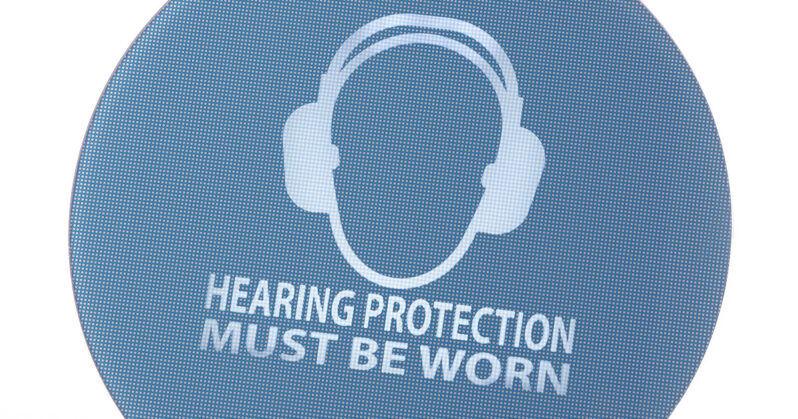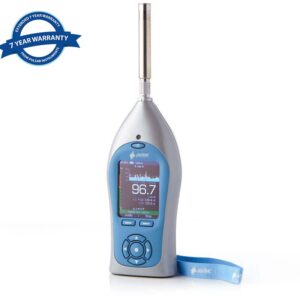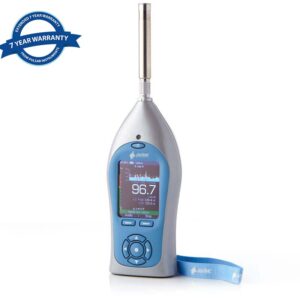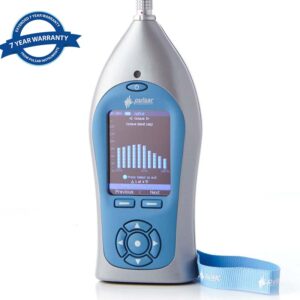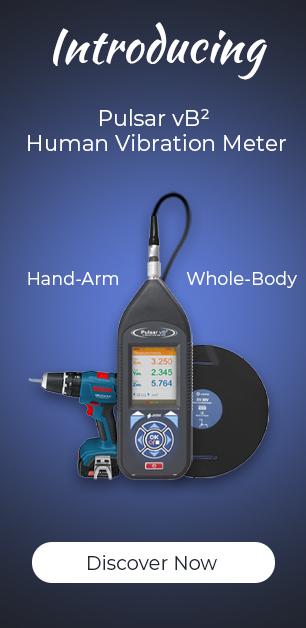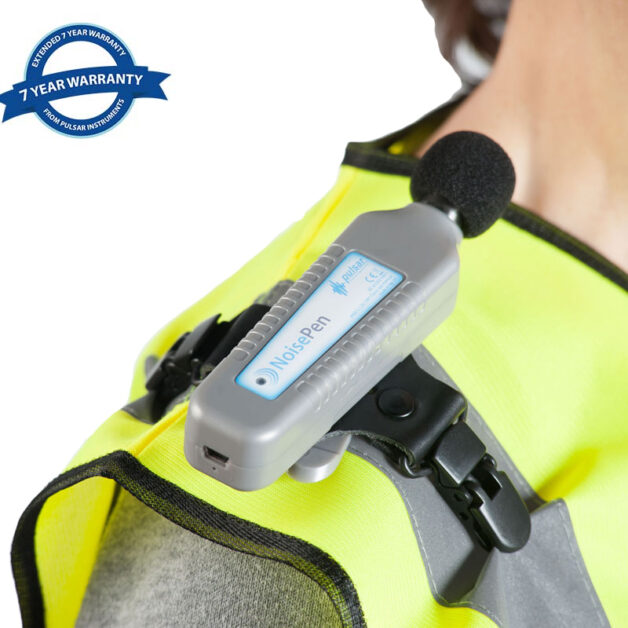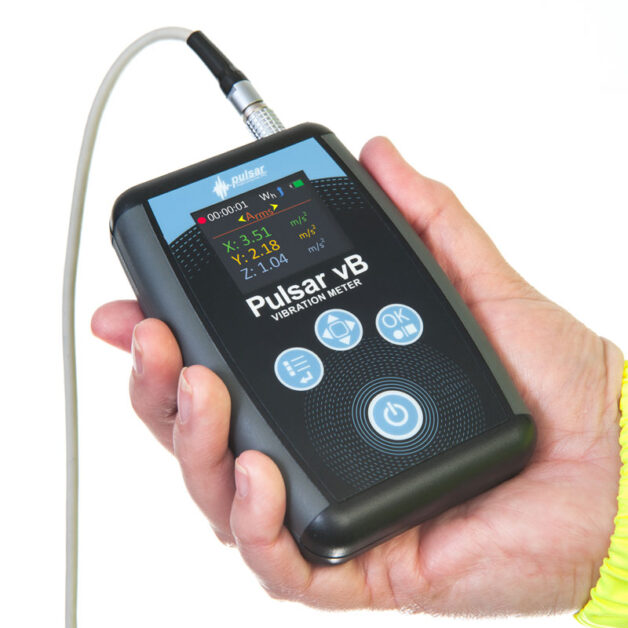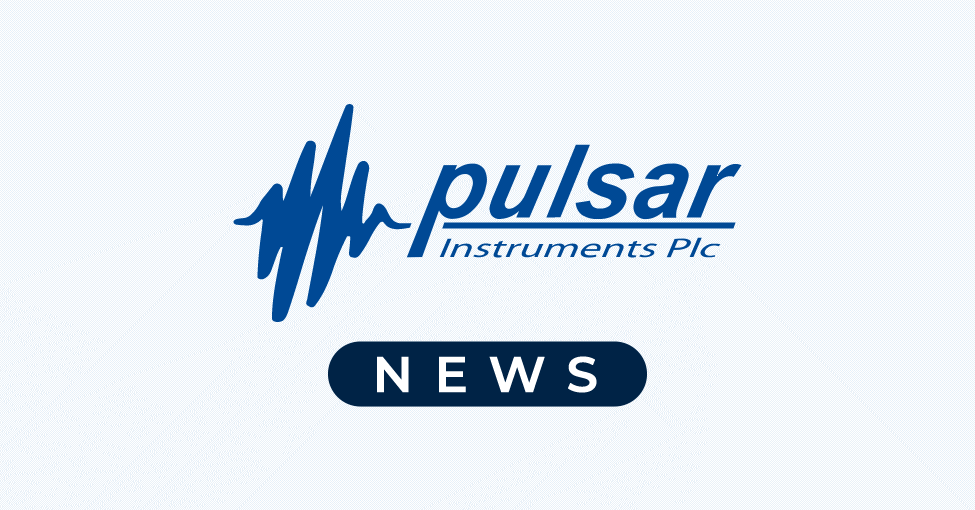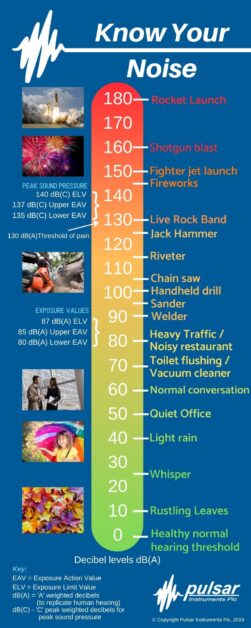
Decibel chart of common sounds
Find out decibel levels of common noises like power tools, objects and places with our decibel chart. The chart gives examples of how loud some of the common tools and objects we may see (and hear!) in our life are.
Why are decibel levels important?
Noise is characterised as ‘unwanted sound’. This sound is measured in units called Decibels (dB) which tell you how loud something is and if the noise is loud enough to cause damage to hearing. Most people will suffer some hearing damage at repeated exposure to levels over and above 85dB(A) or even acoustic shock (sudden hearing loss) at levels over 137dB(A).
The decibel scale measures sound pressure level on a logarithmic scale (based on the power of 10) the human ear’s response to noise levels is also approximately logarithmic too. An increase of 3 dB(A) is a doubling of sound intensity, but it needs to be an increase of 10 dB in your decibel readings to be heard as double the level of noise by the ear. Even a small increase in decibels has a large impact on how intense a sound is, for example – 90dB(A) is 10 times more intense than 80dB(A), where 80dB(A) is the Lower Exposure Action Value in most Health and Safety legislation. After prolonged exposure to decibel levels above 80 dB(A) people can start to suffer from permanent hearing loss. Hearing gets damaged because high noise exposure over a period of time can damage the delicate hair-like sensory cells in the ear (in the cochlea). A hearing test can tell if hearing loss is from noise or if it is from age as people who have noise-induced hearing loss have deafness at different frequencies when compared with those with age-related hearing loss.
To measure decibel levels for the protection of peoples’ hearing an integrating sound level meter is required, such as the Pulsar Nova Model 44. Knowing the decibel level will help identify any noisy areas or machinery that requires hearing protection to be worn whilst in operation, as well as if anything needs sound enclosures or other noise control techniques need to be employed such as using noise-activated warning signs to zone areas.
Maximum Recommended Noise Dose Exposure Levels
The table below gives guidance on how long it is safe for someone to be exposed to different noise levels without wearing hearing protection.
| Noise Level dB(A) | Maximum Exposure Time (in an 8-hour working day/shift) |
|---|---|
| 85 | 8 hours (Wearing hearing protection in the workplace is mandatory) |
| 88 | 4 hours |
| 91 | 2 hours |
| 94 | 1 hour |
| 97 | 30 minutes |
| 100 | 15 minutes |
| 103 | 7.5 minutes |
| 106 | 3.7 minutes |
| 109 | 112 seconds |
| 112 | 56 seconds |
| 115 | 28 seconds |
| 118 | 14 seconds |
| 121 | 7 seconds |
| 124 | 3 seconds |
| 127 | 1 second |
| 130 – 140 | Less than 1 second |
| > 140 | NO EXPOSURE TIME (Threshold of pain) |
Note: Maximum exposure time halves with every increase of 3dB(A) – this is the exchange level used in Europe. In the USA a 5dB exchange level is used.
Instruments that can measure how long an individual has been exposed to noise for are called Noise Dosimeters. These are wearable personal sound exposure meters worn near the ear to measure exactly what decibel levels someone is exposed to and for how long. Knowing this can help prescribe what level of hearing protection (if any) they need throughout their shift, and identify if shift patterns or job rotations are required for example to reduce the length of time someone is exposed for.
Hearing protection such as earplugs, and earmuffs can protect people from loud sounds. Here is our Guide to Choosing the Correct Level of Hearing Protection.
What to do if you are concerned about noise levels
If you want to know answers to the following:
- How to measure decibel levels;
- What you need to measure and why;
- What noise measurement equipment you need;
- What noise control ideas you can employ; and,
- How to prescribe the correct level of hearing protection, then
-
 Noise at Work Sound Level Meter – Nova Class 2From £1,898.00 (Ex. VAT/GST)
Noise at Work Sound Level Meter – Nova Class 2From £1,898.00 (Ex. VAT/GST) -
 Noise at Work Sound Level Meter – Nova Class 1From £2,176.00 (Ex. VAT/GST)
Noise at Work Sound Level Meter – Nova Class 1From £2,176.00 (Ex. VAT/GST) -
 Octave Band Sound Level Meter – Pulsar Nova 46 (Class 2)From £2,348.00 (Ex. VAT/GST)
Octave Band Sound Level Meter – Pulsar Nova 46 (Class 2)From £2,348.00 (Ex. VAT/GST)
Contact us
Complete our contact form.
You can also book a place on our One-Day Noise Awareness Training Course (UK only)
You might also like
- Understanding A, C and Z noise frequency weightings
- Where and how to buy noise meters
- Octave Band Sound Level Meters – do you really need one?
Please also refer to our Acoustic Glossary for explanation of noise measurement terms.
